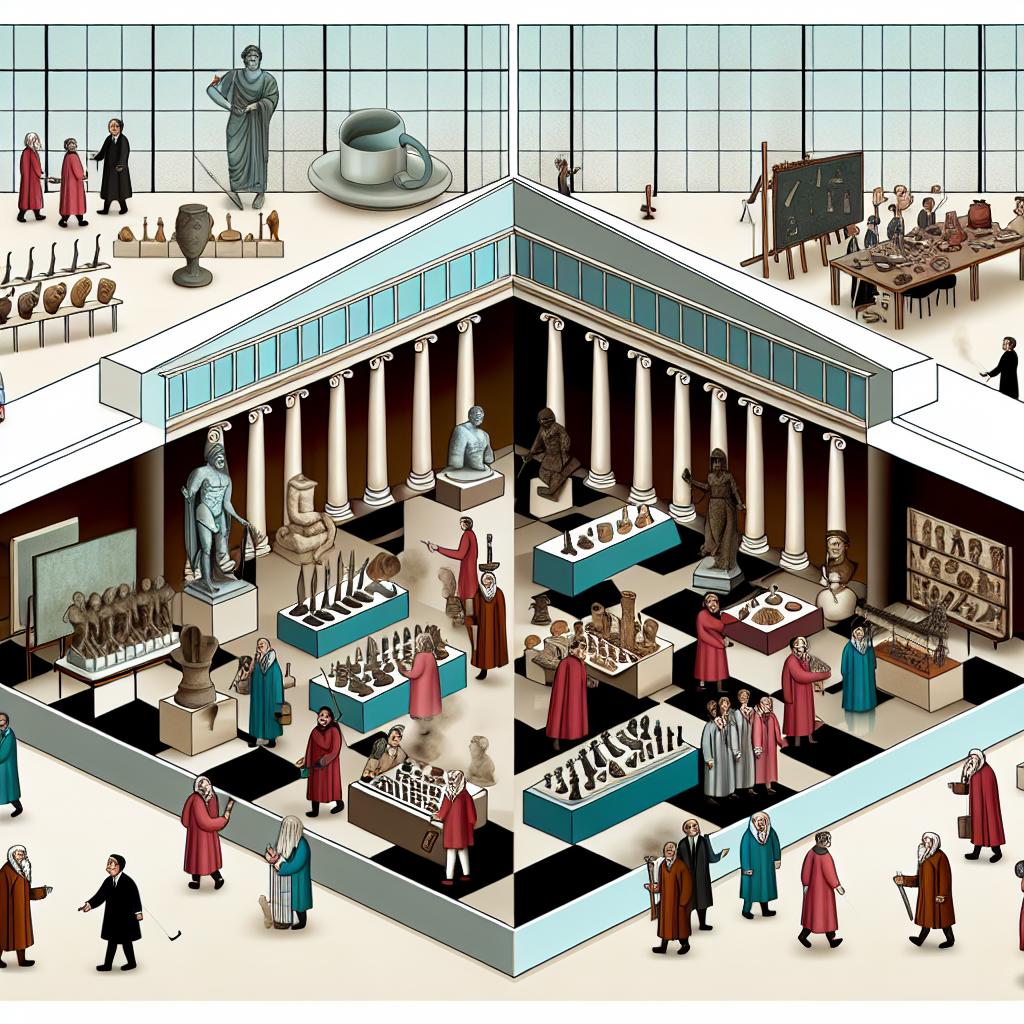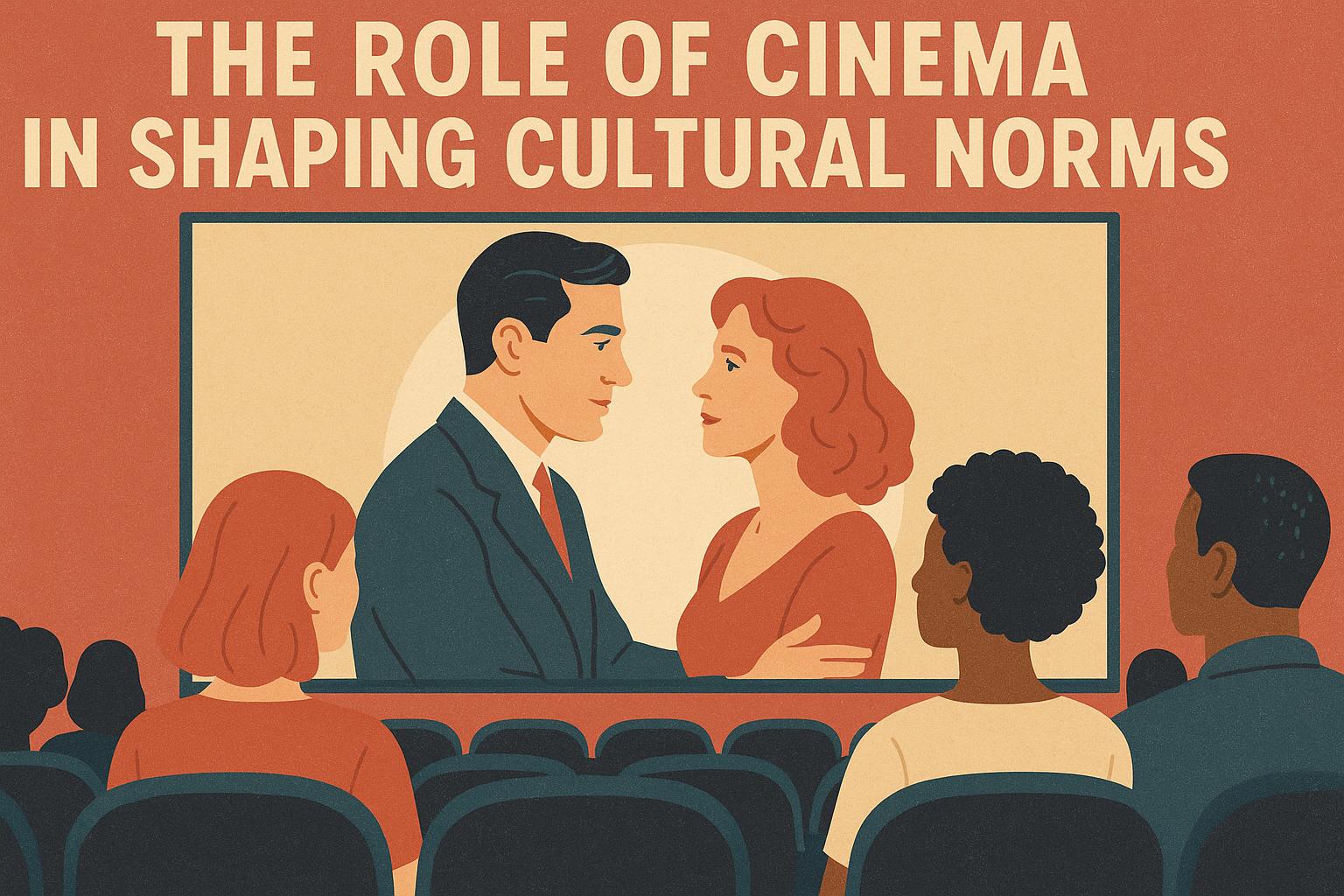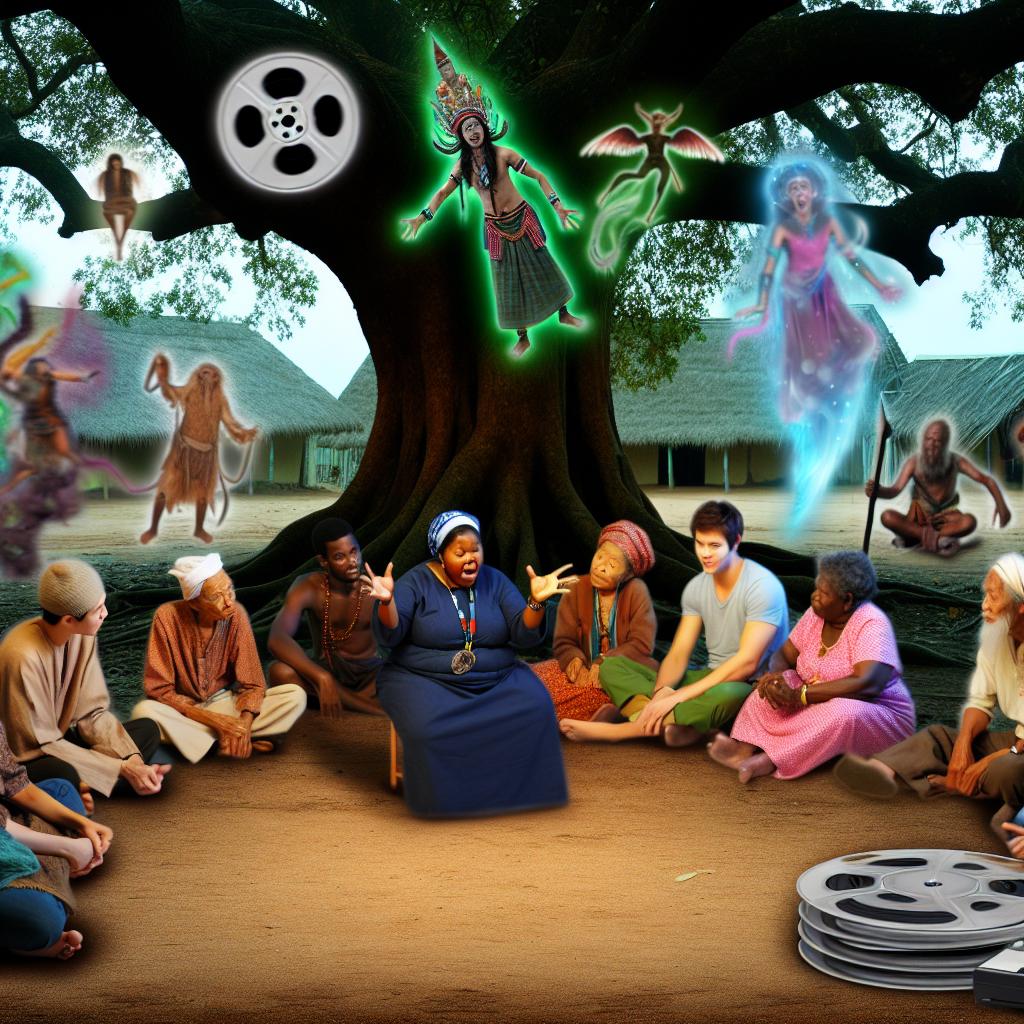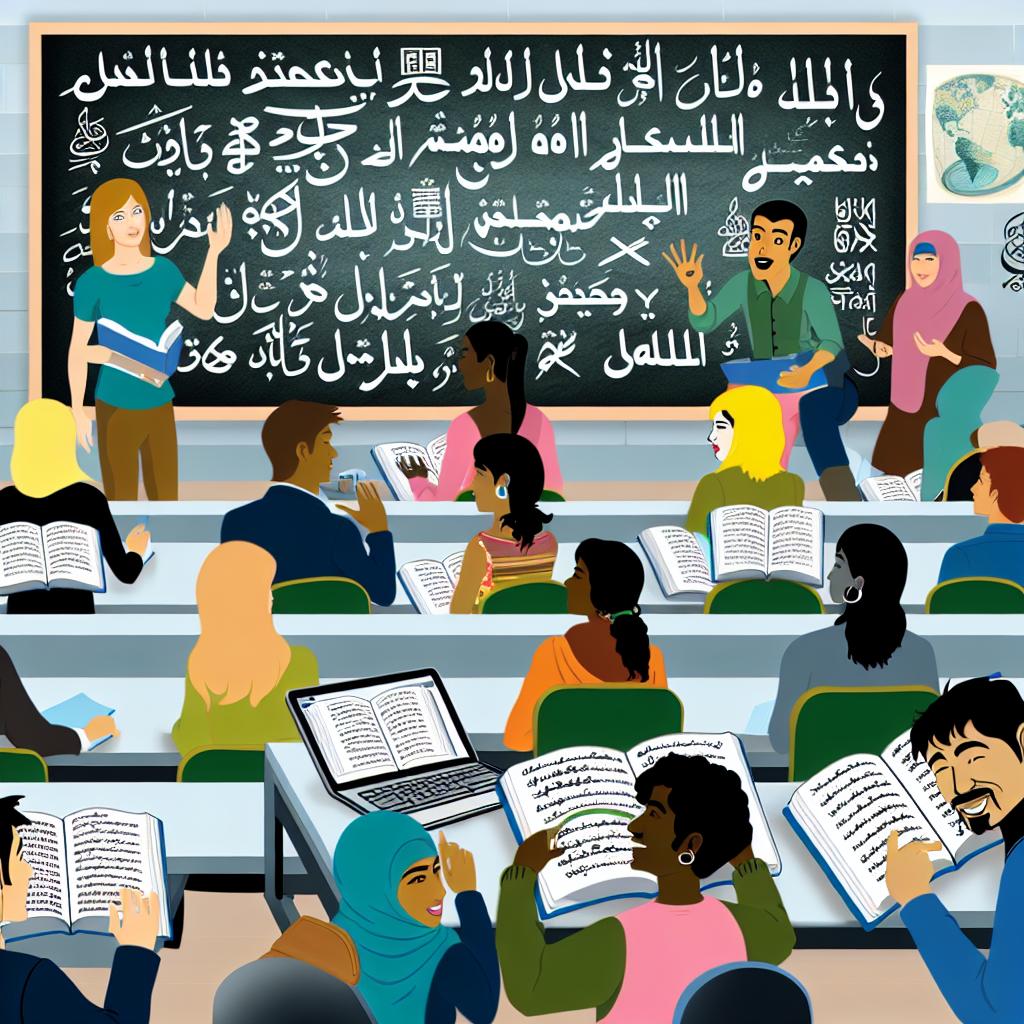The Intersection of Heritage and Politics
The realm of heritage and museum studies is an intricate web where politics, culture, social structures, and economic interests converge. Understanding this domain requires recognizing that heritage preservation extends beyond merely safeguarding historical sites or ancient artifacts; it involves the preservation and propagation of identity, power structures, and narrative control. This interplay is evident as governments, communities, and various institutions often possess differing perspectives and agendas regarding what constitutes valuable heritage. These varying perspectives influence which narratives are preserved and which are marginalized, reflecting broader societal attitudes toward history and identity.
Political Influence in Heritage Designation
The designation of sites or artifacts as heritage is a complex process often steeped in political considerations and maneuverings. Such decisions frequently occur across different governmental layers and can be subject to an array of political agendas. In this context, heritage is sometimes utilized as a tool in wielding soft power—countries highlighting specific cultural elements in international circles to bolster diplomatic ties or refine their national image.
Moreover, the selection and neglect of certain heritage sites can mirror the cultural and political ideologies in play at any given time. For instance, a government’s decision to emphasize sites that foster a narrative of national unity while sidelining those related to more contentious or dissenting historical events underscores the inherent selectivity in heritage designation processes. Such decisions are indicative of deliberate attempts to control the narrative of a nation’s past, potentially sidelining the voices and histories of marginalized groups.
The Role of Museums
Museums question the mere display of historical objects and instead focus on the interpretation and communication of societal values and histories. They are pivotal in shaping how heritage is perceived and understood by the general public. Consequently, museums find themselves engaged in a delicate negotiation, tasked with preserving the authenticity of exhibits while simultaneously ensuring that they remain engaging and accessible for visitors.
This tightrope walk can be politically sensitive, given that curatorial choices are often imbued with implicit biases or perspectives. Every decision—from what artifacts to display, to how information is presented, to which narratives are emphasized—can reinforce or challenge dominant societal narratives. Thus, curators hold considerable influence in determining how history is packaged and presented, highlighting certain voices while potentially overshadowing others.
Issues of Repatriation
Repatriation, the process of returning cultural artifacts to their countries of origin, stands as a particularly pressing issue within the sphere of museum studies today. Many of the artifacts displayed in Western museums were acquired during eras marked by colonial expansion and imperial ambition. This historical context imbues current debates over repatriation with layers of legal, ethical, and political complexity.
Advocates for repatriation argue that returning artifacts is a means of achieving justice and correcting historical imbalances, offering an overdue acknowledgment of the cultural and historical significance of these objects to their countries of origin. On the flip side, some contend that museums serve as vital stewards of shared global heritage, providing access and education to a worldwide audience. The ongoing debates reflect broader questions about ownership, the legacy of colonialism, and the responsibilities of cultural institutions in a globalized world.
Community Engagement and Representation
Efforts to ensure diverse representation and community engagement within museums represent another crucial, and often politically sensitive, aspect of modern museum practices. Engaging with a broad range of communities is essential to present a multiplicity of voices and experiences, thereby democratizing the narrative surrounding heritage.
Such inclusivity fosters ownership and connection among diverse audiences, essential for institutions aiming to resonate with increasingly varied public demographics. The movement toward decolonizing museum practices, which seeks to prioritize equity and inclusivity, reflects broader societal efforts to address historical injustices and promote a more comprehensive understanding of heritage. This push is not merely about adding diverse voices to existing narratives but involves rethinking whose stories are told and how they integrate into the broader tapestry of history.
The politics enmeshed within heritage and museum studies represent fertile ground for debate and critical reflection. As a domain, it encapsulates issues of identity, power dynamics, and the art of cultural diplomacy, offering insights into how societies engage with their past while shaping their future. In this complex interplay, museums and heritage sites serve as battlegrounds of memory—spaces where past narratives are contested, revised, and reimagined to reflect the changing values and understandings of contemporary society.
By examining the interactions between heritage and politics, we uncover a framework that allows societies to navigate their complex histories, opening up pathways for dialogue, reconciliation, and understanding. This multidimensional exploration underscores the importance of maintaining a consciousness of how historical narratives are curated, communicated, and contested in public spheres, challenges that are vital as they shape collective identities and influence cultural and political discourses for generations to come.



